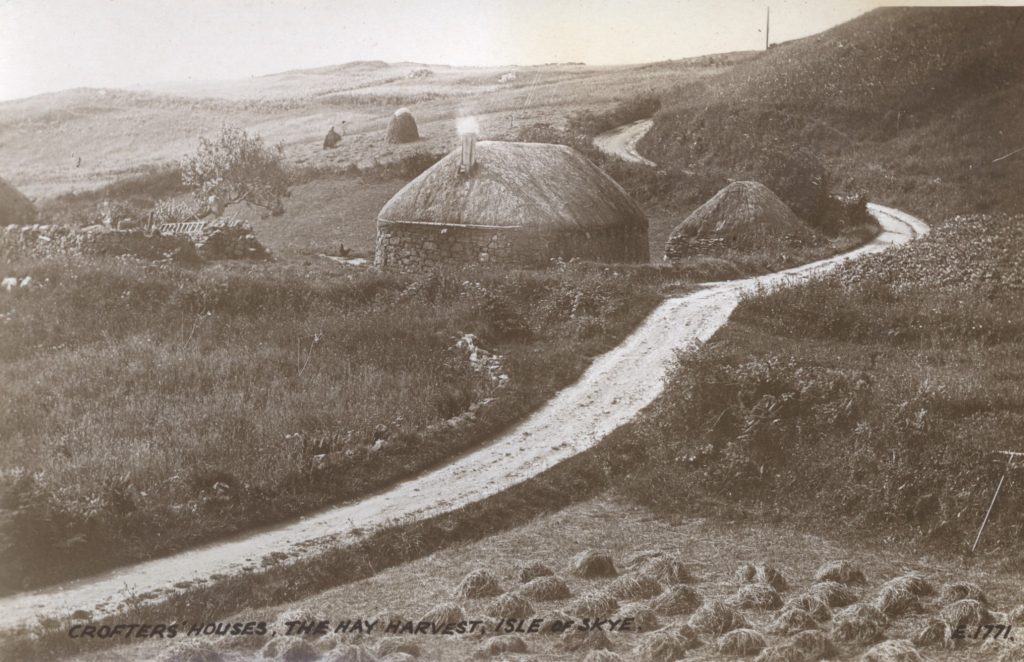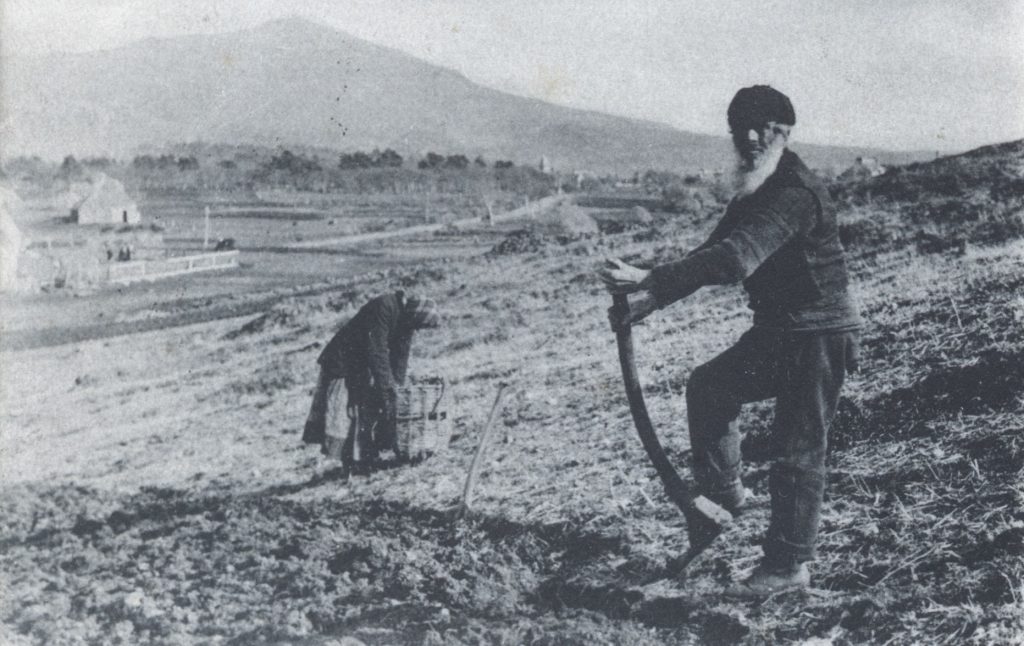The events that unfolded at Braes were a result of many decades of social and economic change in the Highlands and Islands in the preceding centuries. The traditional social and political structure of the Highlands, the clan system, began its decline when attempts were made to replace ancient customs and practices with Crown laws following the Union of the Crowns in 1603.

The Clans had previously followed their own customs when it came to legal matters and land rights. The clan chiefs were at the heart of this system and were central to resolving disputes amongst clan members and ensuring ‘duthchas’ was followed. Duthchas was a concept of unity between people, land, living creatures, nature and culture, giving any clan member a right to settle on clan land.
As well as limiting the judicial power and authority of the clan chief with the introduction of Crown laws, other rules were imposed. The heirs of chiefs had to be sent away from the highlands for their education and were taught in English, not Gaelic. This significant step distanced future highland chiefs from their kin. Over generations this distance grew, both in terms of geographical separation, with most clan chiefs living far from their ancestral lands, and with the loss of shared cultural practices including language and duthchas.
What had once been considered clan lands, owned and managed for the benefit of the whole clan by the chief, was now considered as their own personal property. With the majority of Highland clan chiefs living in Edinburgh, London, or further afield, the money they needed to maintain their positions in society was to be found by exploiting their land and the people on it. The days of paying the chief in produce from the land was replaced by paying rent in cash; the chief was now a landlord, and his kin now tenants.
In addition to this, the sweeping agricultural improvements of the 18th and 19th centuries brought more economic change. There were opportunities to make money by introducing new agricultural practices. Sheep were more profitable than people and landlords began mass evictions to remove people from the land their families had worked for generations, replacing them with large livestock farms.

To make way for these new farms, people were evicted and moved to smaller, less fertile crofts. With the movement of so many people, the small crofting communities soon became overcrowded, crofters land rights were further restricted, and their rents increased.
Others were forced to emigrate. These mass evictions were a direct result of the agricultural improvements and became known as the ‘Highland Clearances’.
These social and economic changes combined to create a hotbed of agitation that peaked in the late 19th and early 20th century. Often referred to as the Crofter’s War, a series of disputes between landlords, the authorities and crofting communities in the latter half of the 1800s led to rent strikes and, on occasion, violent clashes, including the Battle of the Braes.
